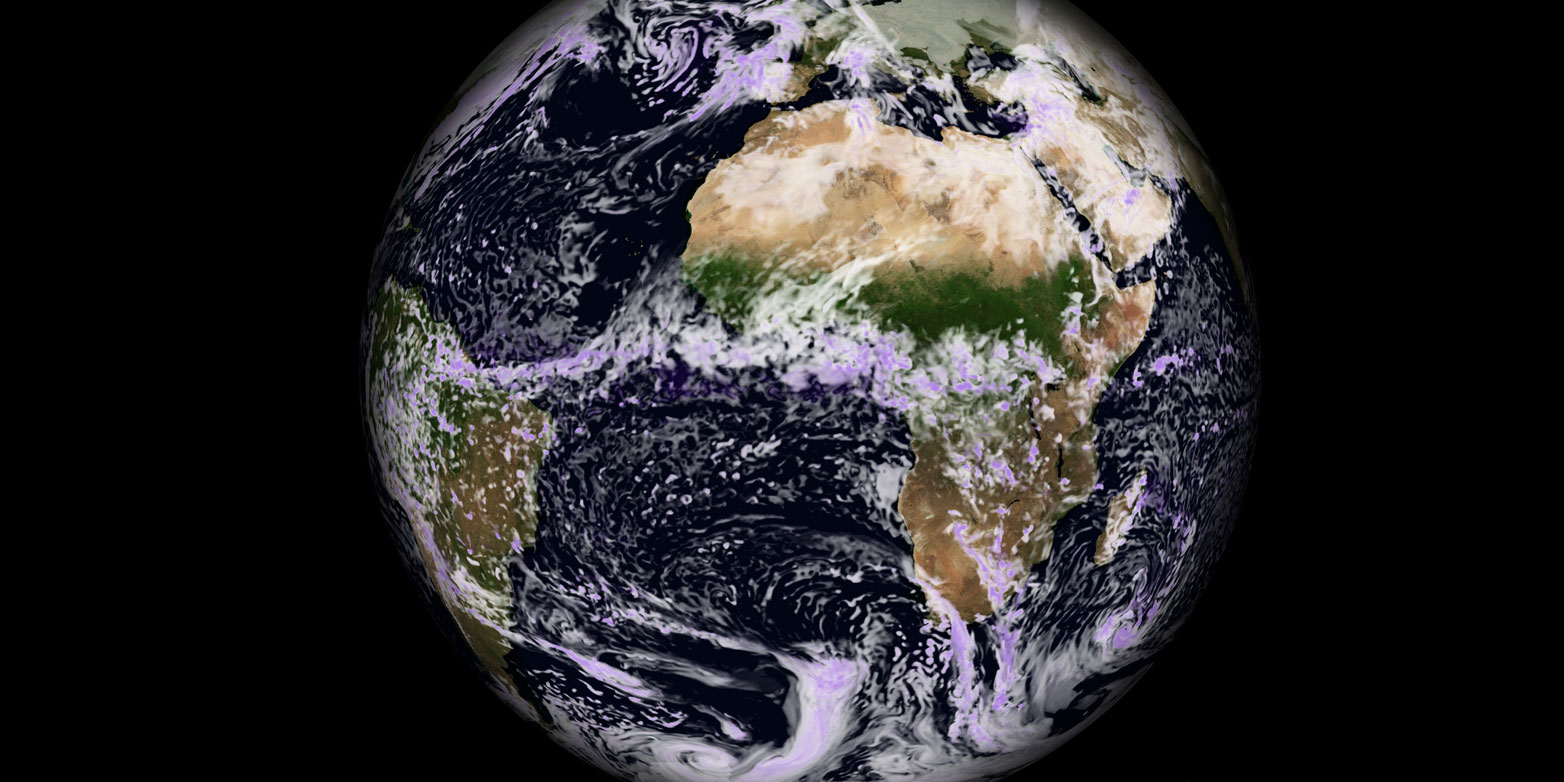The guiding principle for global climate policy is shifting from mistrust to collaboration, says Anthony Patt. Interestingly, nations' answer to the coronavirus can help to clarify how.

There is a great deal of confusion about the importance of global negotiations on climate change. Many people have the impression that what happens within their own country is unimportant, and that all the important policy-making is happening at the global level. In fact, the opposite is the case.
From Kyoto to Paris
The history of global climate policy goes back 30 years. Capping two years of negotiation, global leaders signed the United Nations Framework Convention on Climate Change in 1992, and then the first sub-agreement to that treaty in 1997, the Kyoto Protocol. Their guiding assumption for Kyoto was that reducing greenhouse gas emissions was expensive, and that no country would voluntarily bear the cost of doing so unless it knew that other countries were doing so as well, at roughly comparable levels.
Hence the negotiators structured Kyoto around a set of binding national emissions cuts, each country to about a 5% reduction over a ten-year period, and a system to punish countries that did not fulfil their commitments. Also on the assumption of high costs they set up a set of global carbon markets, to shift some emissions cuts to those countries where the costs were lower. Developing countries did not commit to emissions cuts, justified by their need to concentrate on raising living standards. Since their emissions at that time were small, this was not a deal breaker.
Once the initial set of emission cuts under Kyoto had taken place, ending in 2012, negotiators returned to agree on a second round of commitments. By then, developing country emissions had grown substantially, and it was also becoming clear that long-term emission cuts would have to be 100%. They reached an impasse, because developing countries were still not willing to subject to binding emissions cuts, and many wealthy countries - such as Japan, Australia, and the United States - were equally unwilling if the developing countries were not on board.
From regime to agreement
So the negotiators started over, and came up with a very different treaty in 2015: the Paris Agreement. In this, all countries agree to set national emission reduction targets, and to update these targets every five years, but what those targets are is completely up to them.
Moreover, if a country fails to meet its target, there will be no punishment forthcoming. All countries also commit to work together to share data about their emissions, about the policies that they have put in place to reduce those emissions, and about the level of climate investment taking place. Wealthy countries agree to provide financial and technical assistance to poorer ones, helping them to reduce their emissions.
In our work for the Intergovernmental Panel on Climate Change assessing the effectiveness of the international cooperation, colleagues and I have assembled hundreds of scientific papers evaluating the Paris Agreement. Many are highly critical. Where are the binding targets? Where is the disincentive for free-riding? Where is a global carbon market to facilitate emissions trading and a lowering of total costs? Others, however, argue that the Paris Agreement is in fact a step forward. I have come to belong to that group. To explain why, a look at the global response to the corona crisis can be helpful.







